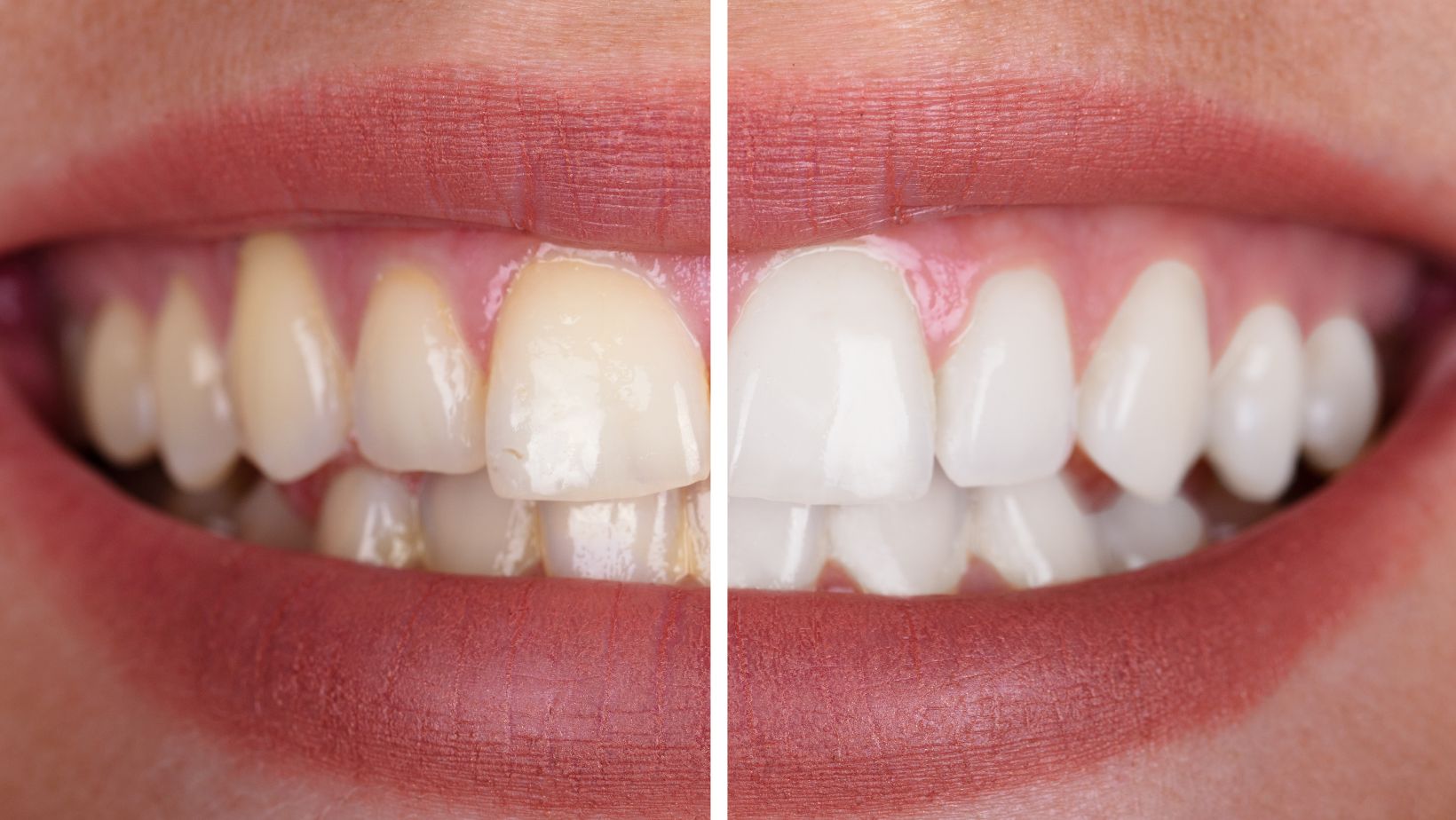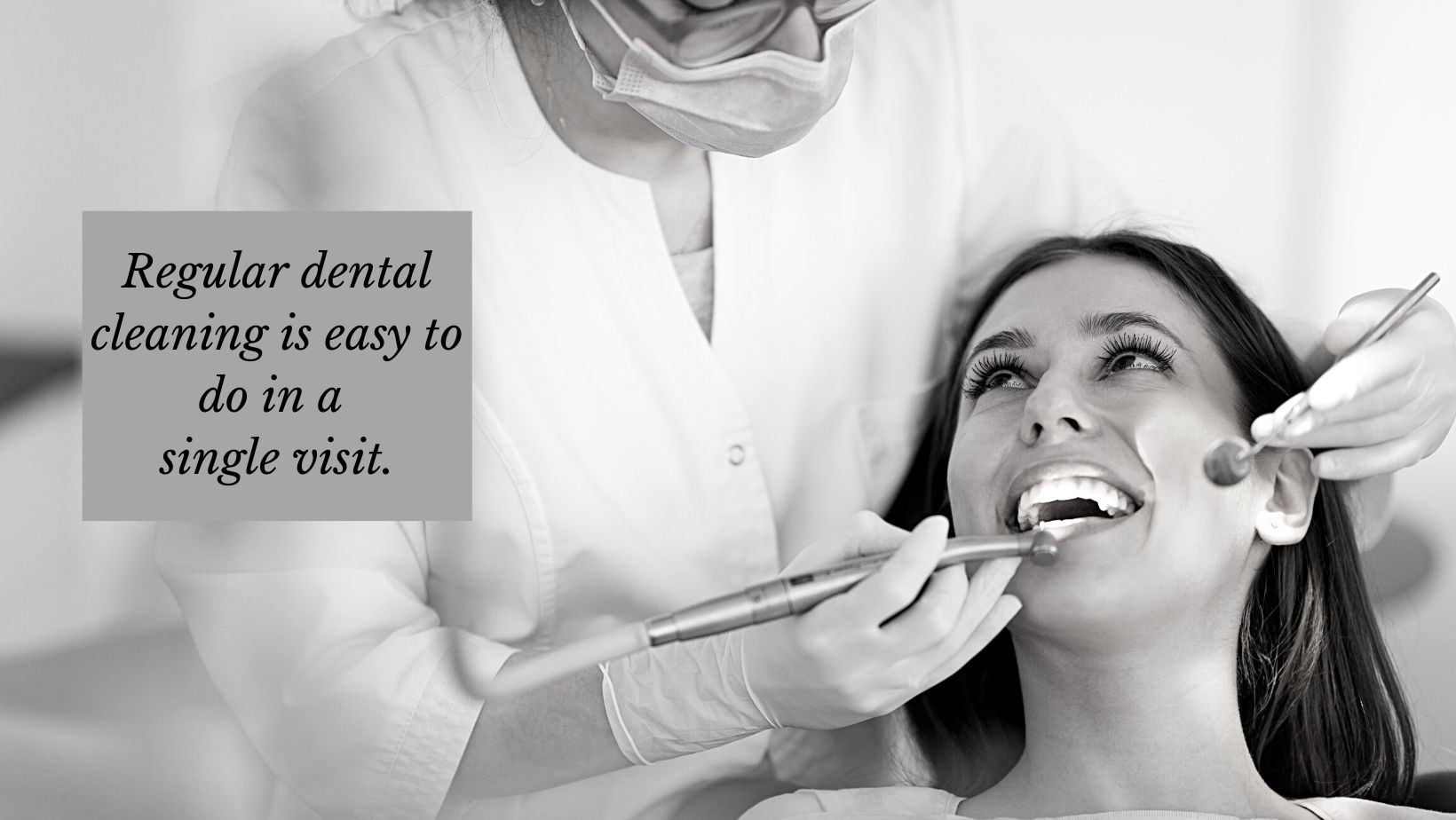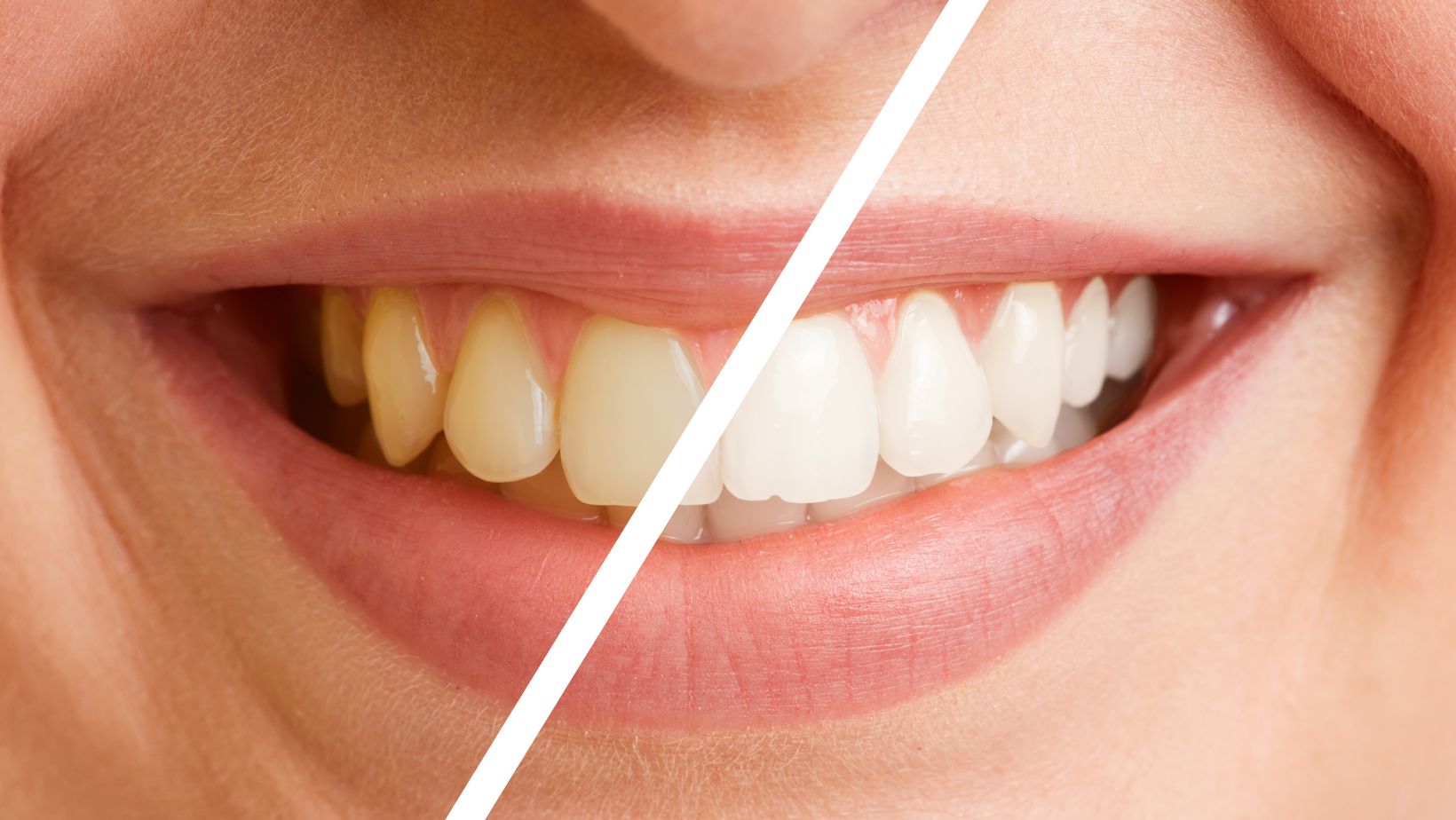Dental professionals recommend a deep teeth cleaning when signs of gum disease are present. This is when the dentist scrapes away plaque and tartar from the surface of the tooth, including under the gums and roots. What are the most common signs a patient needs a deep cleaning? What does a deep teeth cleaning procedure entail, and what kind of results can be expected?
Deep Dental Cleaning: Before and After Photos
Many patients are scheduled for routine teeth cleaning appointments about every six months. But, some patients are good candidates for a more rigorous dental cleaning. Seeing before and after photos makes it easy for patients to feel confident in having this procedure done.


Signs a Deep Teeth Cleaning is Needed
A deep teeth cleaning is typically reserved for patients who have gingivitis, the initial stage of gum disease. This type of cleaning is also good for patients who have gum disease beyond gingivitis. A deep teeth cleaning could prevent more serious damage and tooth loss prevention.
Gum disease is sometimes difficult to recognize because it does not always cause a patient pain or show up in other obvious ways. It is not always easy to know when a deep teeth cleaning is necessary. Some symptoms to keep in mind include:
- Swollen, tender, or red gums
- Gums that bleed easily when flossing or brushing
- Loose teeth
- Routinely bad breath, or a bad taste in the mouth
- Gums that are pulling away from teeth
A patient experiencing symptoms of gum disease will benefit greatly from a serious cleaning. A dentist can diagnose these problems at a routine checkup.
Deep Teeth Cleaning Procedure
While this procedure is not considered surgery, the dentist will administer local anesthesia to ensure the patient’s comfort. After this is administered, the process look like this:
- The dentist removes tartar and plaque from the root surfaces of the tooth by pulling the gums back with a narrow metal tool. Surfaces under the gums are cleared away as well. (This is not done during a regular teeth cleaning.) Gums are tender and will bleed when pulled away from the tooth. This is one of the reasons why numbing is necessary.
- Then, root surfaces of the affected teeth will be thoroughly cleaned. This is called root planing. A dental provider will push the gums to the side, exposing the roots. Plaque, tiny particles of food that buildup on the tooth’s surface over time, is removed and the roots are scraped smooth. Roots are where bacteria gets in and can be difficult to detect. Deep cleaning roots of teeth can treat gum disease and keep it from persisting.
- Next, the dentist will use a scaler to scrape off the surface of the teeth above and below the gum line. The dentist will use a handheld metal instrument to scrape away the tartar. This usually does not hurt, but the patient will feel the pressure and scraping sensation. An ultrasonic scaler that vibrates may also be used for extra tough areas that are difficult for the dentist to scrape away.
- Once the surface of the teeth, under the gums, and roots have been deep cleaned the dental provider will spray all areas with water to ensure debris has been cleared away. Antibiotic gel is sometimes applied to areas of the teeth that are impossible to reach, like tiny crevices. This will kill germs the dentist could not reach manually.

Regular dental cleaning is easy to do in a single visit. Deep teeth cleaning is typically accomplished with two appointments, with one half of the mouth taken care of at a time. It is more practical for the dentist to numb one side of the patient’s mouth at a time. This makes it possible for the patient to eat, speak, and drink after the appointment.
What to Expect After a Deep Dental Cleaning
Deep dental cleaning is not as invasive as a surgical procedure, but patients still worry about pain after a deep cleaning. Patients who have gotten a deep cleaning sometimes report sensitivity to hot and cold. A hot or ice cold food or beverage may cause discomfort after a deep dental cleaning, but this side effect does not last long. Patients also may experience gum bleeding for up to two days after the procedure, this is common. Deep cleaning aftercare instructions will be given to the patient for a pleasant recovery.
Most dentists will schedule a follow up appointment four to six weeks after a deep cleaning to check the results. During this reassessment the dentist will ensure all irritants, swelling, and sensitivity are gone.
When the dentist determines a successful recovery the patient will be routinely scheduled for cleanings to make sure the patient’s gum disease is stabilized. Dental cleaning appointments every six months is typical practice, some patients may be required to visit more frequently depending on the severity of their gum disease.
Prevent Dental Decline
Tartar buildup, plaque, and gum disease contribute to the decline of a patient’s dental health and these things will only get worse without a deep cleaning. Health, longevity, and functionality of your teeth and gums will benefit from a serious dental cleaning. If you are experiencing any of the symptoms of gum disease make a deep dental cleaning appointment today.


